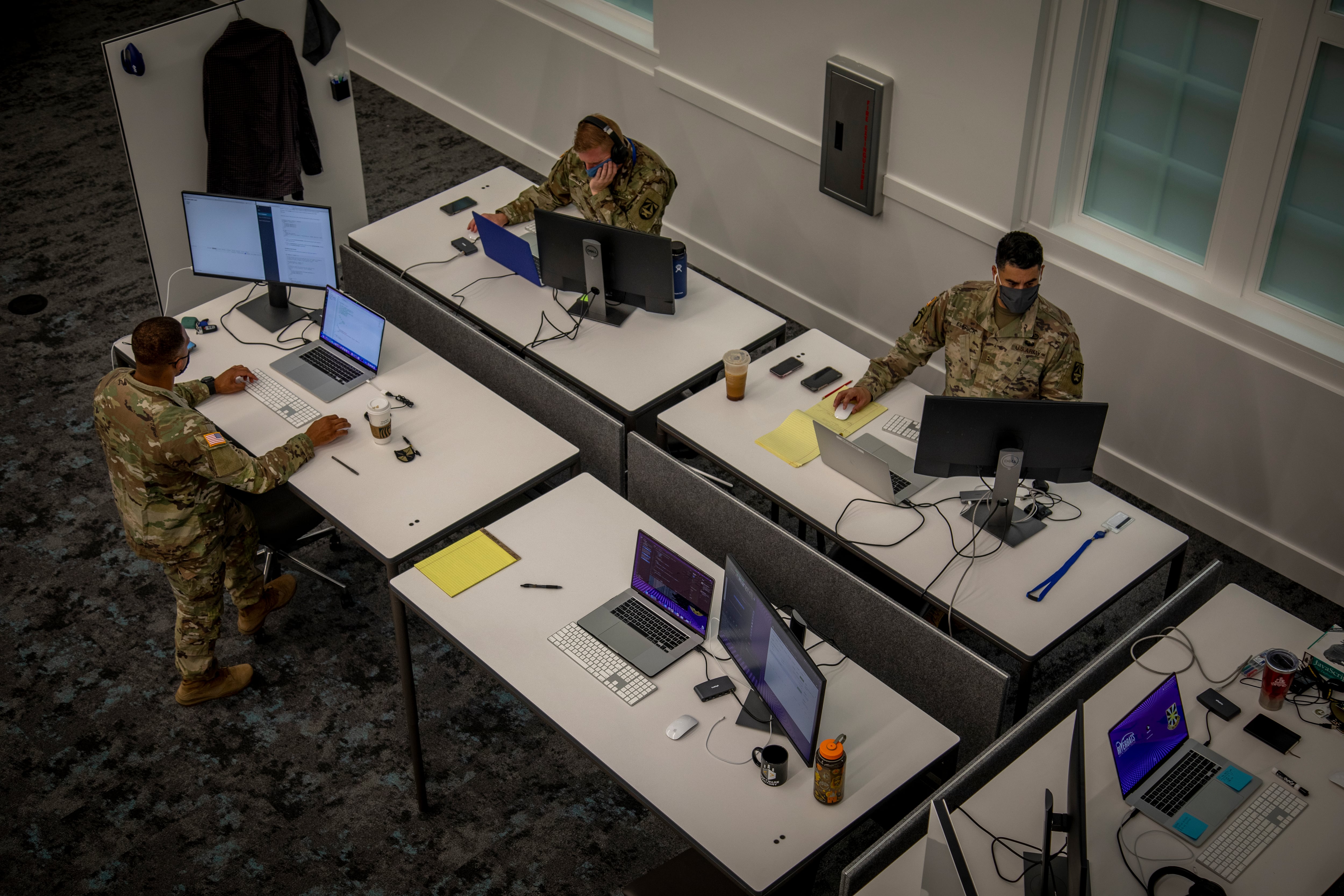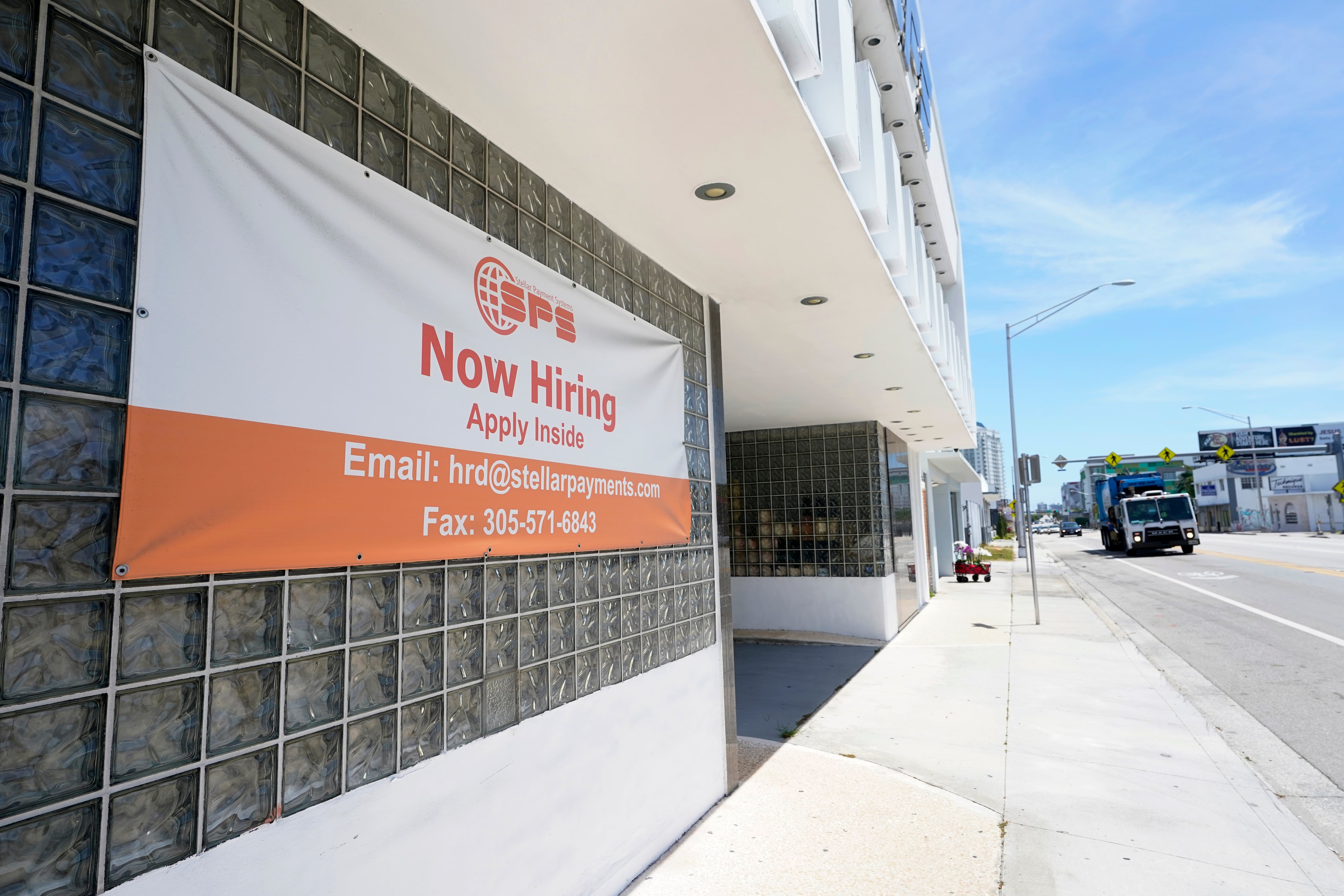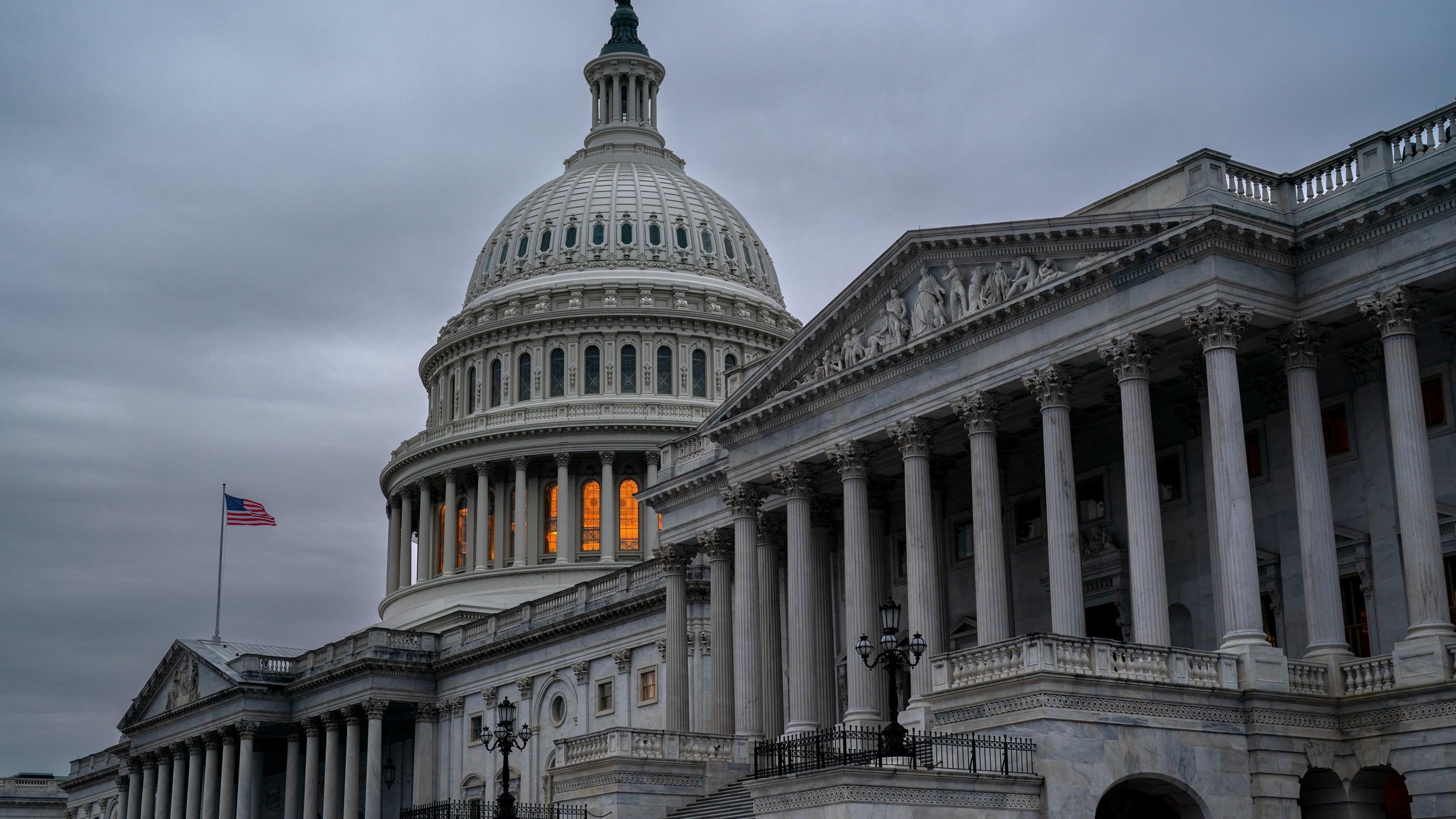Veterans Affairs officials aren’t pushing for new job training programs to help counter lingering employment challenges from the coronavirus pandemic, but they are eyeing expansion of existing ones as demand grows.
“I see a real opportunity here for us to take really effective programming and test it even further,” VA Secretary Denis McDonough told reporters in a press call this week.
“VET TEC is a good example. It’s working well, the president is asking for additional funding. That’s a concrete example of something that is proven and now we can grow it.”
About 380,000 veterans filed for unemployment benefits last month, almost two-thirds lower than the 1.1 million who requested that assistance in the first few weeks of the pandemic in America.
RELATED

But the jobless figure is still up about 100,000 veterans from pre-pandemic levels, a source of concern for lawmakers and advocates looking to ensure that troops leaving the ranks in recent months or later this year have the tools needed to succeed in civilian life.
Last month, VA officials began accepting applications for a new congressionally-authorized rapid retaining program for veterans who lost their jobs because of pandemic closures and restrictions. VA officials said they have approved a few thousand applications so far. The program is capped at 17,000 individuals.
Meanwhile, the department has already seen high demand for its Veteran Employment Through Technology Education Courses (VET TEC) program, and late last month requested a nearly threefold increase in that $45 million pilot program in next year’s budget to keep up with demand.
McDonough said those existing programs, combined with other Department of Labor initiatives focused on veterans and the GI Bill benefits used annually by tens of thousands of veterans, provide a solid base of options to help get veterans into well-paying jobs.
For now, the department is focused on finding ways to improve and broaden those existing efforts, not to add new programs.
“With our VA data strategy, I hope we can start to see more anonymized information to show the impact of these programs over time,” he said. “And then we can prioritize where we might make investments.
“[Veterans employment] continues to be a priority for the president, and I think we’ll be in a position through the generation of additional data to make [our programs] more effective.”
Robert Frick, corporate economist at Navy Federal Credit Union, said he expects the biggest boosts for veteran employment this year to come from broader job creation programs.
President Joe Biden’s infrastructure proposals, for example, are expected to add thousands of new positions in manufacturing, construction and government contracting work — all economic sectors with large numbers of former military members.
RELATED

But advocates said analysis of the existing veterans specific programs will also be key in ensuring that they are getting the extra attention they may need.
“We’re very encouraged by what we’ve seen so far,” said Patrick Murray, director of the National Legislative Service for the Veterans of Foreign Wars, to members of the Senate Veterans’ Affairs Committee on Wednesday.
“I think transparent, regular reporting about those programs would help. Let us know where we need to double down. We’re gonna invest in programs that are going to put people back to work, put food on the table. So it’s important for us to know exactly how successful those [current] programs are.”
Leo covers Congress, Veterans Affairs and the White House for Military Times. He has covered Washington, D.C. since 2004, focusing on military personnel and veterans policies. His work has earned numerous honors, including a 2009 Polk award, a 2010 National Headliner Award, the IAVA Leadership in Journalism award and the VFW News Media award.





